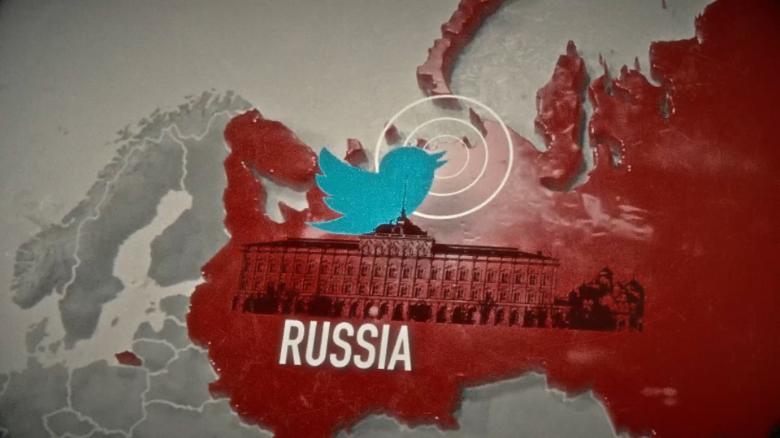Russian misinformation is mainly spread through
social media. Social media is accessible to most
and allows others to aquire information quickly.
When misinformation is posted on social media, it
spreads and grows very quickly. This can be very
dangerous for those who believe it. With the rapid
rise in social media, it is getting even harder to
decipher between real news and fake news.
 Popular social media platforms, such as Twitter,
Instagram, and Facebook are very popular and have
many users. This makes it easier for misinformation
to spread and at a rapid rate and become viral. Another
major factor in increasing the spread of misinformation
is through families and social circles. If one person
believes in it, then they will be likely to spread the
false information to their friends and family, which
will exponentially spread the misinformation faster.
Popular social media platforms, such as Twitter,
Instagram, and Facebook are very popular and have
many users. This makes it easier for misinformation
to spread and at a rapid rate and become viral. Another
major factor in increasing the spread of misinformation
is through families and social circles. If one person
believes in it, then they will be likely to spread the
false information to their friends and family, which
will exponentially spread the misinformation faster.
 A few of the major ways that Russia is spreading
misinformation is by using "troll farms" of employees
who are posting with fake accounts and are using automated
bots to post misinformation on social media. For example,
in an effort to promote discord in the United States,
Russia has been using trolls and bots to spread false
information about the safety of vaccines. This sort of
misinformation has caused the United States to become
polarized on a variety of politically sensitive topics.
A few of the major ways that Russia is spreading
misinformation is by using "troll farms" of employees
who are posting with fake accounts and are using automated
bots to post misinformation on social media. For example,
in an effort to promote discord in the United States,
Russia has been using trolls and bots to spread false
information about the safety of vaccines. This sort of
misinformation has caused the United States to become
polarized on a variety of politically sensitive topics.
